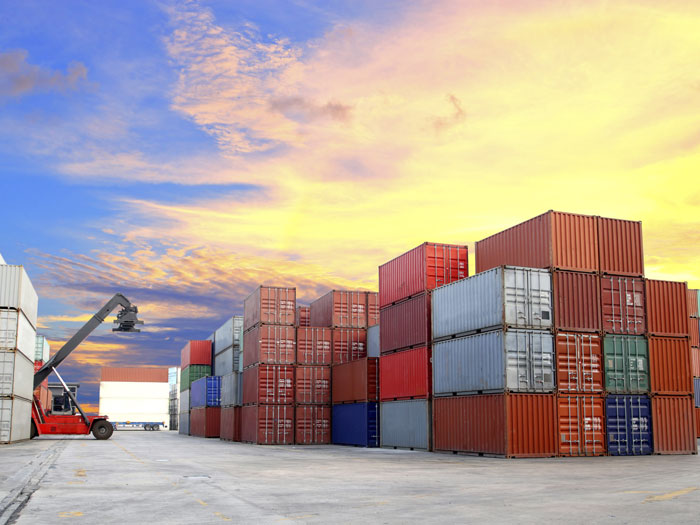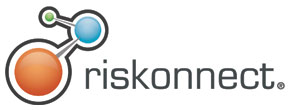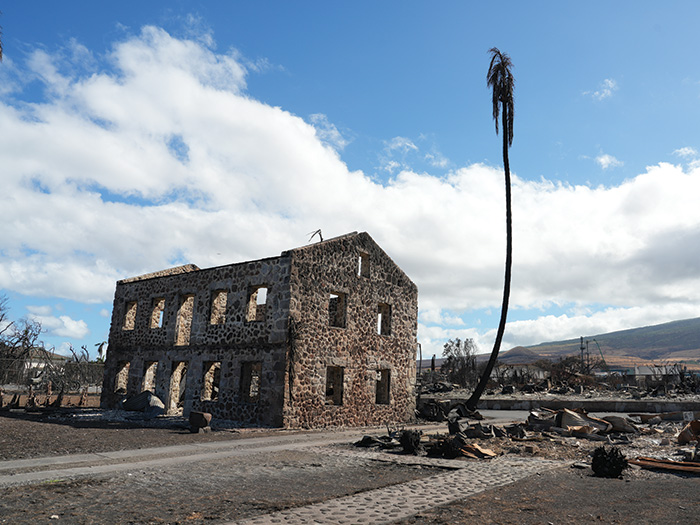Sponsored Content by Riskonnect
3 + 3: Theory of Risk

Anthony Valsamakis doesn’t just practice risk management, he wrote a book about it. And he doesn’t just consult with quants, he is one.
“Risk management has been in my blood for so long that I have to stop myself, otherwise I could go into a two-hour monologue,” said Valsamakis, whose career in the discipline goes back almost 35 years, to his first job with the Standard General Insurance Company.
In 1990, the London-based chairman of the Eikos Group received a doctorate in Business Economics. In 1992, “The Theory & Principles of Risk Management” was published, with Valsamakis the principal author, and is now in its 4th edition.
Valsamakis worked first with a carrier, then as a commodities broker, before taking up an academic post. The company he started in 1999, the Eikos Group, has a risk consulting arm, with clients in most industrial sectors, including the food, mining, forestry, industrial paper and packaging and banking industries. The group also includes a transportation risk brokerage and a Bermuda-based carrier.
“I think the idea of having a secure data base that everyone can access and can update at any moment is by far the best innovation that I can see happening in the information game.”
— Anthony Valsamakis, Chairman, Risk Financing Strategy, Eikos Group
For as long as he can remember, Valsamakis sought ways to get better information on the risks he underwrites, brokers or consults on.
“Over many years we’ve tried hard to increase the quality and timeliness of the information that enables us to do just that,” Valsamakis said.
Finally, it looks like Valsamakis has found a risk management information systems platform that enables him to do just that.
For the past year and a half, Valsamakis has been using a system developed by Riskonnect.
 Valsamakis likes the Riskonnect approach for a number of reasons – one of the key reasons that the platform can be readily adapted for each of his clients, regardless of industry.
Valsamakis likes the Riskonnect approach for a number of reasons – one of the key reasons that the platform can be readily adapted for each of his clients, regardless of industry.
“What’s useful for me is that the platform basically resides within the client’s systems,” he said.
The information he needs to prioritize, depends on which client he is working with.
“By definition, depending on where I am working and what I am doing, risk management priorities are very different,” Valsamakis said.
The Riskonnect platform provides the necessary flexibility.
 A mine, for example, could be in a location in Africa or South America with a high degree of political risk. A key risk for a furniture maker might be around trade secrets, the possibility that a disgruntled employee would leak a pricing catalogue to competitors. For a packaging manufacturer, their material supply chain is of the utmost importance, and so on.
A mine, for example, could be in a location in Africa or South America with a high degree of political risk. A key risk for a furniture maker might be around trade secrets, the possibility that a disgruntled employee would leak a pricing catalogue to competitors. For a packaging manufacturer, their material supply chain is of the utmost importance, and so on.
For each client, Valsamakis can use Riskonnect platform and work with the client to compile the information that is most relevant to that client and its industry and enter that into a secure system.
“All of these are template facts that you can easily put into the Riskonnect system,” Valsamakis said.
The Riskonnect platform is housed within the client’s information technology system, and it is transparent enough, to give Valsamakis and his client access to the same sets of data.
“I think the idea of having a secure data base that everyone can access and can update at any moment is by far the best innovation that I can see happening in the information game,” he said.
Whose System Is It?
Valsamakis has been around long enough to know a few things about data and risk transfer. He’s seen a number of risk information management systems put out by brokers, for example, that he thinks are set up more for the broker’s business model than for the sharing of information.
Generally speaking, information about an insured’s risks come from the broker and the insured. The Riskonnect system works, according to Valsamakis, because it is designed to be adapted to the client, not the broker.
“I have seen efforts by brokers, for example, over the years to produce a type of risk information platform that becomes theirs,” Valsamakis said.
“It’s been a perennial problem in the industry, where depending on which broker you end up with, you’ll end up with system A, B or C,” he said.
The Underwriter Needs to Know
 Using Riskonnect, Valsamakis encourages clients to be as transparent as possible, in order to give the most complete information to underwriters.
Using Riskonnect, Valsamakis encourages clients to be as transparent as possible, in order to give the most complete information to underwriters.
“For me the question is, ‘What is the volatility around the asset and can there be an impact on the balance sheet of our clients?’” he said.
“We need to describe this exposure in various contexts so that the underwriters know what they are covering,” he said.
It’s basic human psychology. If an underwriter doesn’t feel they are getting enough information about a particular risk, they will take a negative view of that risk.
The more accurate the information Valsamakis has about a client’s exposures, the better the pricing he gets from underwriters.
“If you were an underwriter putting your capital and risk and I gave you little information, you would actually be less inclined to look at the risk in favorable terms. There will be a natural inclination to downgrade it,” he said.
Where Valsamakis sees enormous value is in the Riskonnect system ability to tag which can be revisited at a later stage.
“It’s amazing how clients forget, in the passage of time, that there are profiles that have changed for better or worse.”
A Long-Term Investment
The Eikos Group invested significantly in the Riskonnect product and are taking it to a number of clients. The transparency of the system and the advantage it gives the Eikos Group and its clients with underwriters is in itself a business advantage over the competition.
“We made a decision as a small company, relatively speaking, to invest a lot of money in Riskonnect and be very proactive about it,” Valsamakis said.
“When I talk to executives I say we invested in it because it’s going to save our clients money. Better information will lead to a lower cost of risk,” he said.
“If I’m talking to someone at a high level, that’s fairly easily understood.”
This article was produced by the R&I Brand Studio, a unit of the advertising department of Risk & Insurance, in collaboration with Riskonnect. The editorial staff of Risk & Insurance had no role in its preparation.










